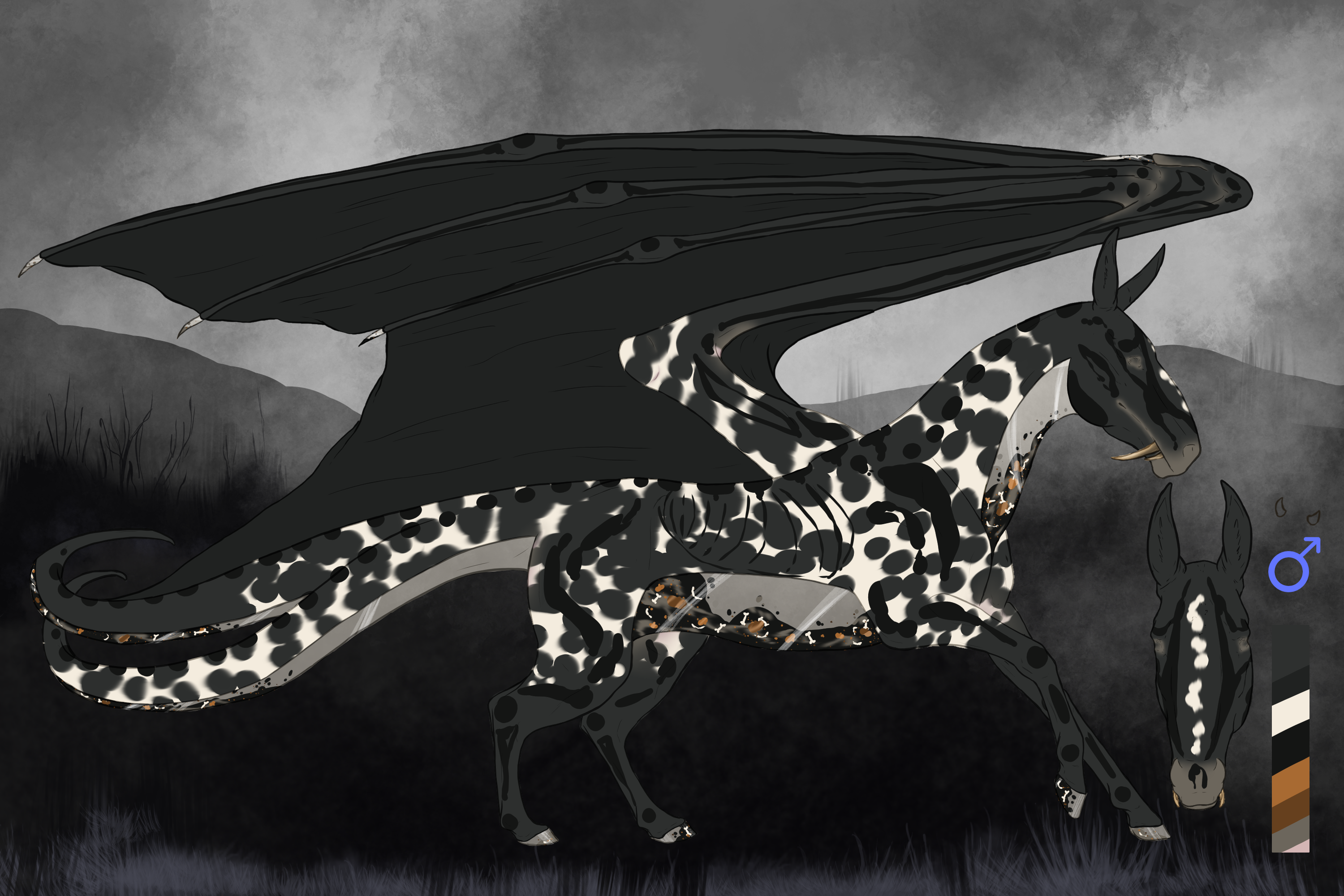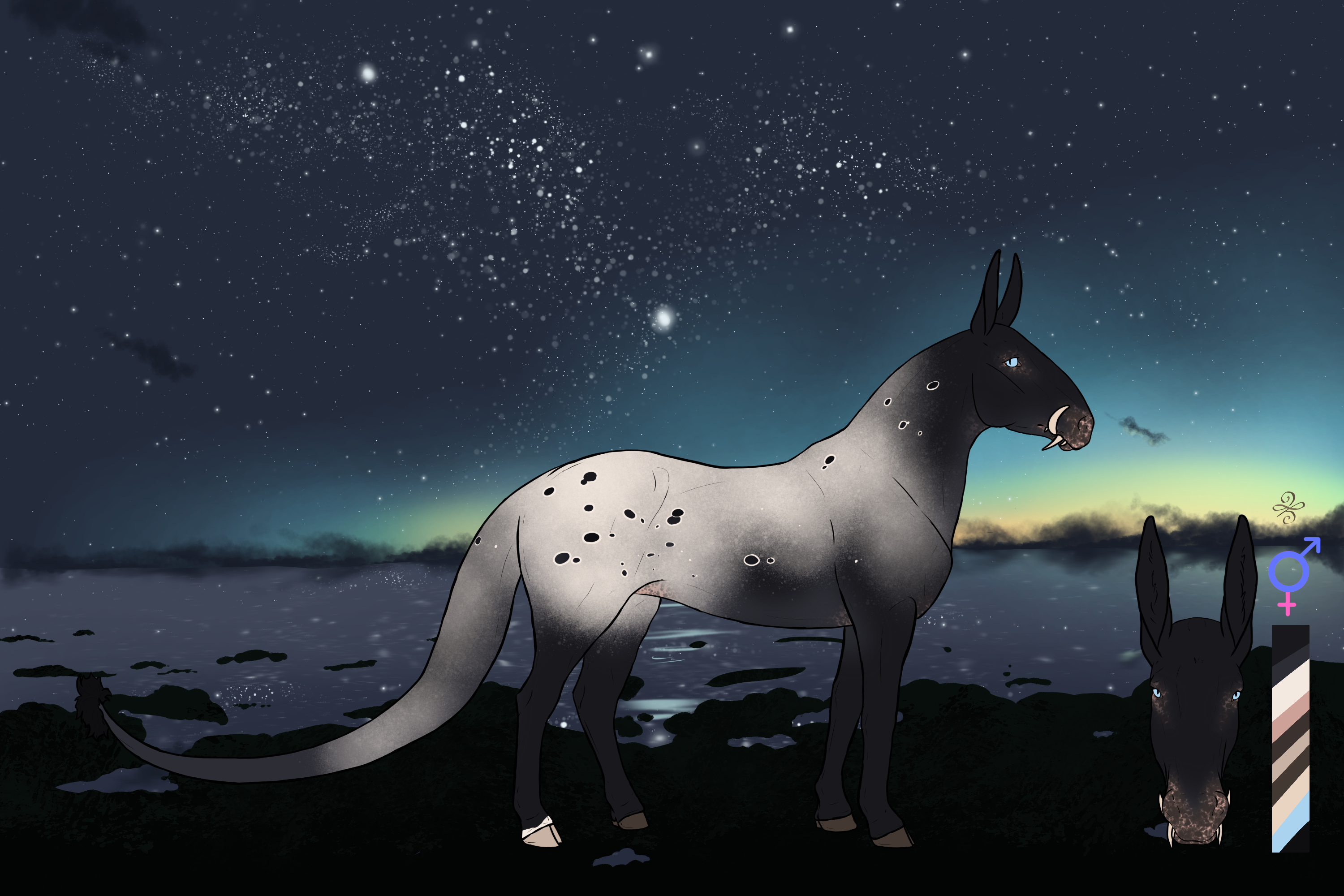Traits
Natural Headset (Extremely Rare)
Trait Count - 4
Horns aren't a very common sight in BAs, but have begun to be more prevalent in domesticated Beatus'. Almost no wild BAs have been seen with horns, excluding those seen with Fawncy, and even when a wild BA is seen to have horns, they aren't extravagant. Wild Beatus that have horns will often have more basic horns that aid them in survival.
Natural Horns are seen on all BAs, but more commonly seen in domesticated BAs than wild ones. Horns will be fairly neutral and match a color on the coat, most typically, they're seen being the same color as the hooves. Color muts DO still go over natural horn colors.
A headset is any singular symmetric PAIR of horns located on the head.
Headsets can be connected, either to themselves or to other horns.
Expression Examples
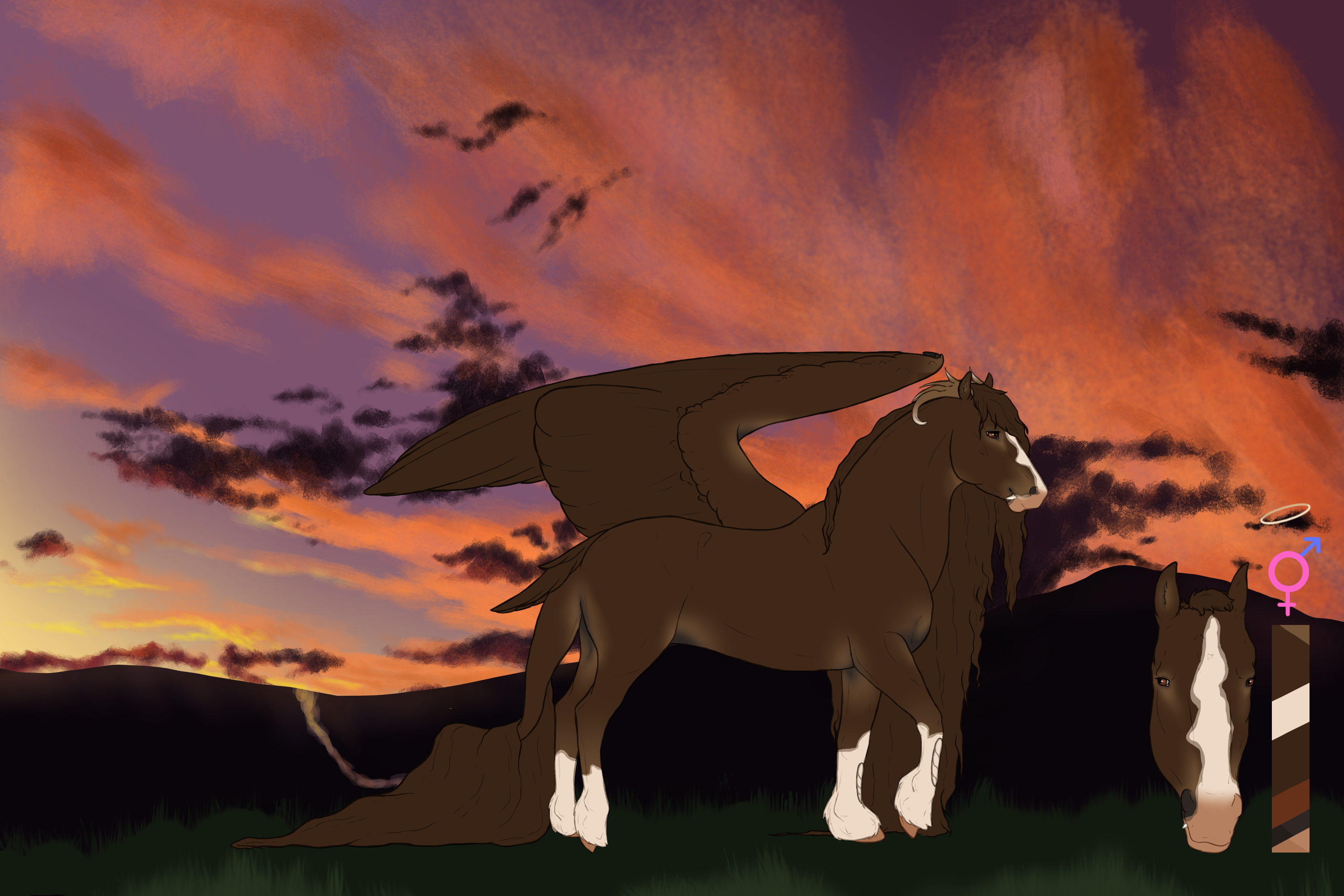
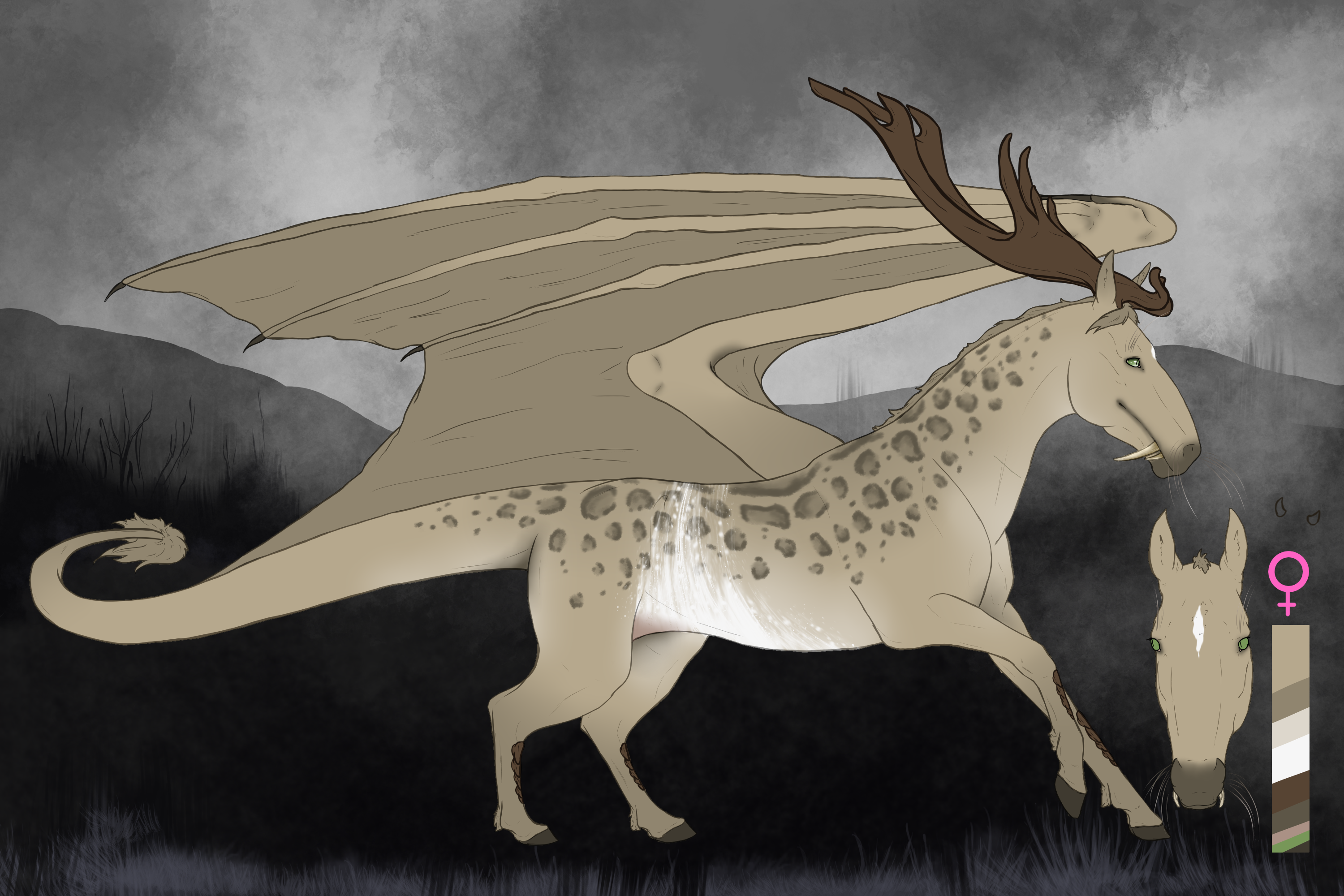
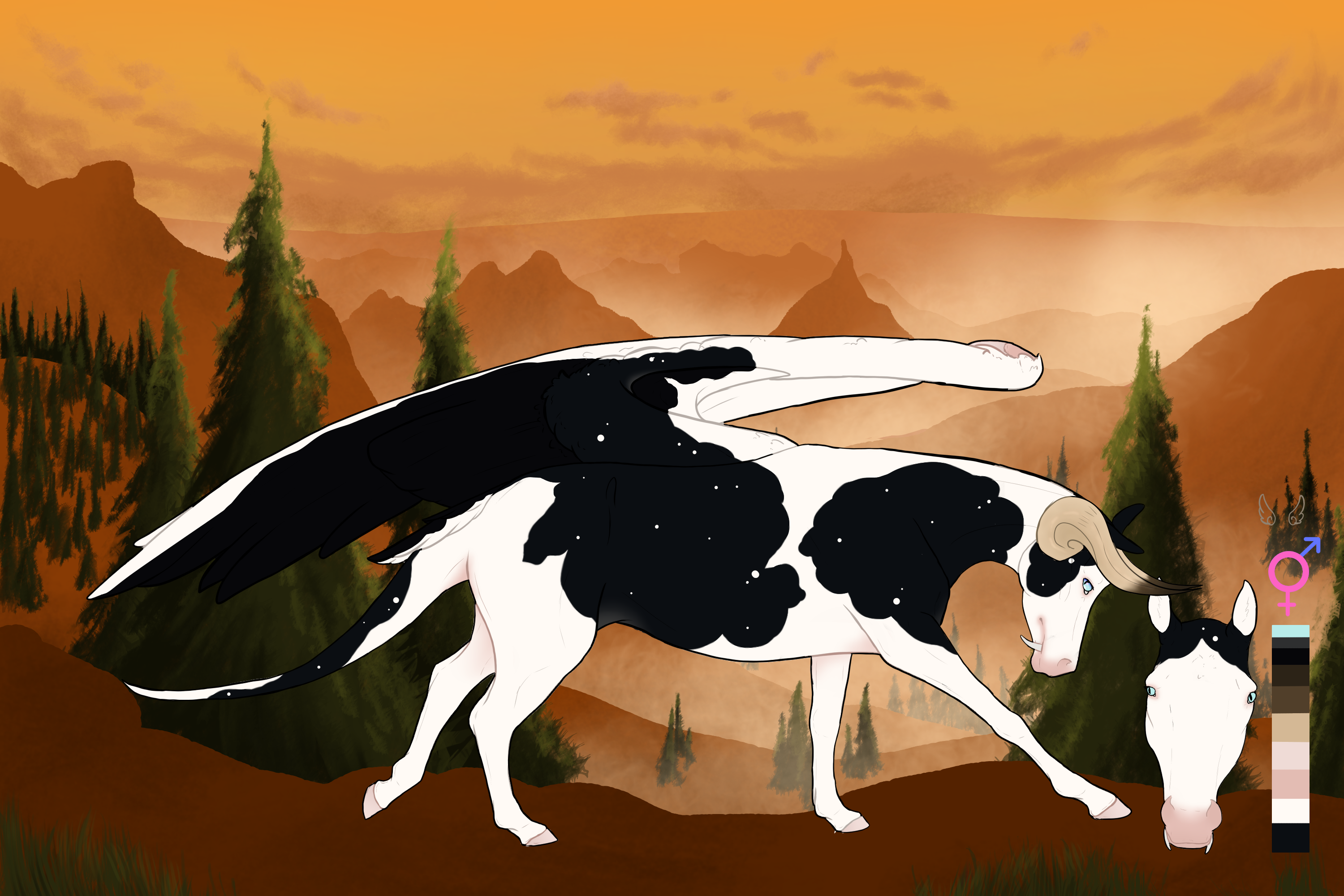
Webbed Single Horn (Extremely Rare)
Trait Count - 4
Horns aren't a very common sight in BAs, but have begun to be more prevalent in domesticated Beatus'. Almost no wild BAs have been seen with horns, excluding those seen with Fawncy, and even when a wild BA is seen to have horns, they aren't extravagant. Wild Beatus that have horns will often have more basic horns that aid them in survival.
Webbed Horns are a very new development in BAs, and are ONLY seen on domesticated BAs or their descendants currently. This is due to extremely selective breeding of more spiked sets of horns then bred back to less spiky ones to have growth between the spikes. The webbing will always be somewhat transparent, and can even rip on those with extremely transparent webbing. Horns can be neutral like Natural Horns, or bright and color like Unnatural Horns. Color muts DO still go over unnatural horn colors.
A single is will always be a singular lone horn, typically located on the forehead or along the center line of the face.
Horns can be connected, either to themselves or to other horns.
Expression Examples
Webbed Headset (Legendary)
Trait Count - 5
Horns aren't a very common sight in BAs, but have begun to be more prevalent in domesticated Beatus'. Almost no wild BAs have been seen with horns, excluding those seen with Fawncy, and even when a wild BA is seen to have horns, they aren't extravagant. Wild Beatus that have horns will often have more basic horns that aid them in survival.
Webbed Horns are a very new development in BAs, and are ONLY seen on domesticated BAs or their descendants currently. This is due to extremely selective breeding of more spiked sets of horns then bred back to less spiky ones to have growth between the spikes. The webbing will always be somewhat transparent, and can even rip on those with extremely transparent webbing. Horns can be neutral like Natural Horns, or bright and color like Unnatural Horns. Color muts DO still go over unnatural horn colors.
A headset is any singular symmetric PAIR of horns located on the head.
Headsets can be connected, either to themselves or to other horns.
Expression Examples
Tusk (Rare)
Wisp (Uncommon)
Flop Ears (Uncommon)
Curled Ears (Uncommon)
Toothless (Rare)
Short Ears (Common)
Unnatural Headset (Legendary)
Trait Count - 5
Horns aren't a very common sight in BAs, but have begun to be more prevalent in domesticated Beatus'. Almost no wild BAs have been seen with horns, excluding those seen with Fawncy, and even when a wild BA is seen to have horns, they aren't extravagant. Wild Beatus that have horns will often have more basic horns that aid them in survival.
Unnatural Horns are typically only seen in domesticated BAs, this is due to how brightly colored their horns tend to be when unnatural. Horns will be bright and vibrant in color. Color muts DO still go over unnatural horn colors.
A headset is any singular symmetric PAIR of horns located on the head.
Headsets can be connected, either to themselves or to other horns.
Expression Examples
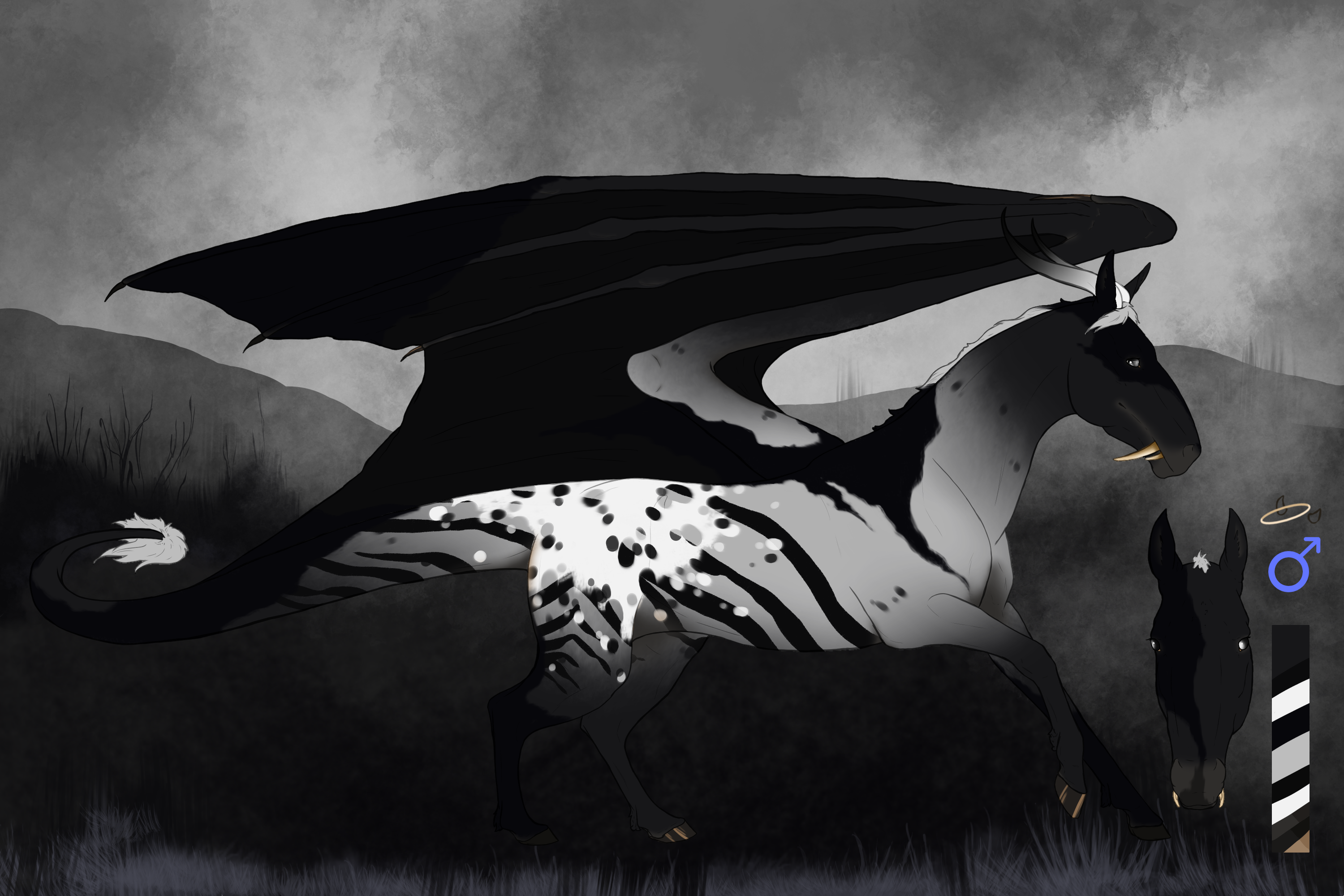
Eyeless (Unlimited)
Overgrown Teeth (Rare)
Natural Single Horn (Rare)
Trait Count - 3
Horns aren't a very common sight in BAs, but have begun to be more prevalent in domesticated Beatus'. Almost no wild BAs have been seen with horns, excluding those seen with Fawncy, and even when a wild BA is seen to have horns, they aren't extravagant. Wild Beatus that have horns will often have more basic horns that aid them in survival.
Natural Horns are seen on all BAs, but more commonly seen in domesticated BAs than wild ones. Horns will be fairly neutral and match a color on the coat, most typically, they're seen being the same color as the hooves. Color muts DO still go over natural horn colors.
A single is will always be a singular lone horn, typically located on the forehead or along the center line of the face.
Horns can be connected, either to themselves or to other horns.
Expression Examples
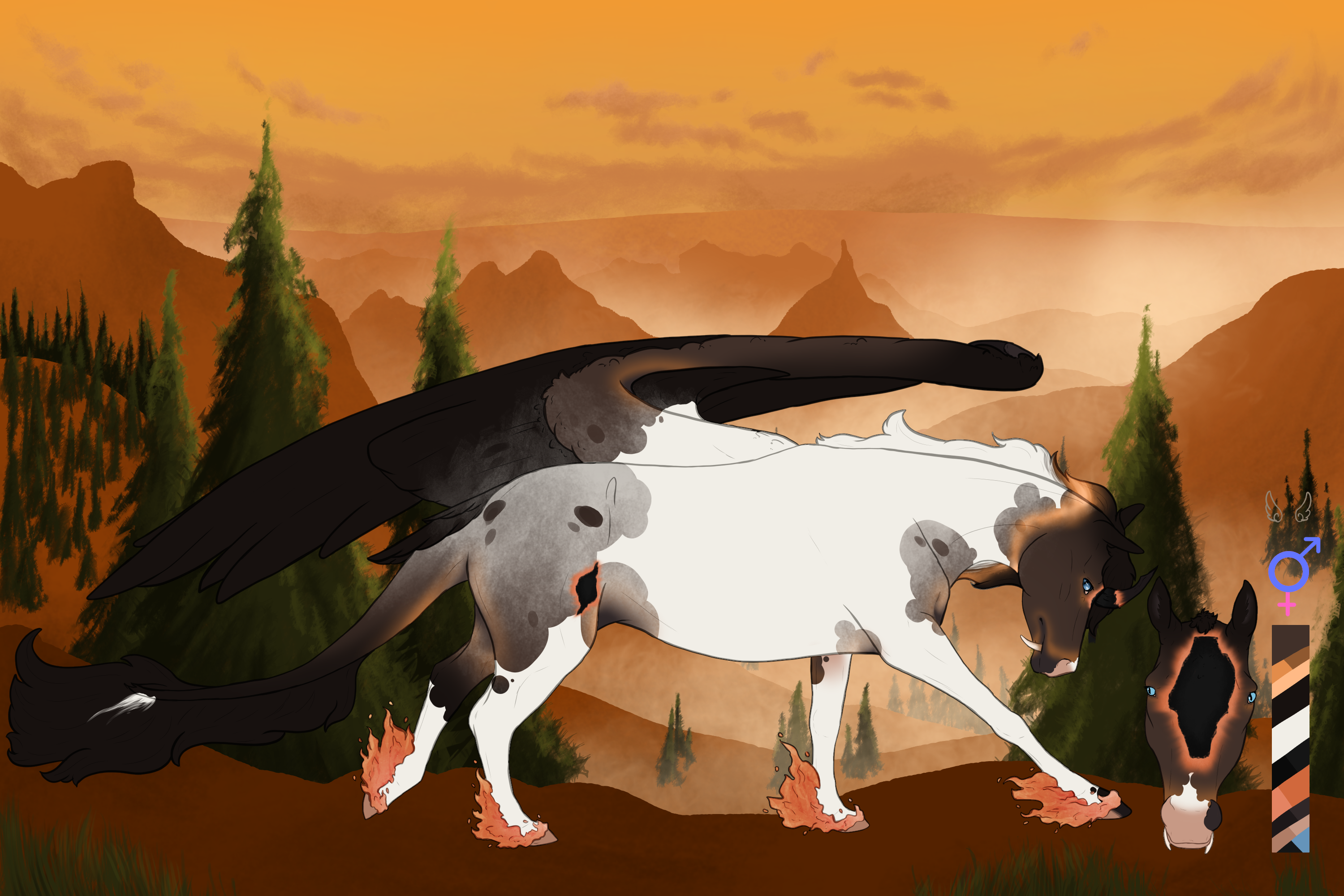
Long Ears (Common)
Unnatural Single Horn (Extremely Rare)
Trait Count - 4
Horns aren't a very common sight in BAs, but have begun to be more prevalent in domesticated Beatus'. Almost no wild BAs have been seen with horns, excluding those seen with Fawncy, and even when a wild BA is seen to have horns, they aren't extravagant. Wild Beatus that have horns will often have more basic horns that aid them in survival.
Unnatural Horns are typically only seen in domesticated BAs, this is due to how brightly colored their horns tend to be when unnatural. Horns will be bright and vibrant in color. Color muts DO still go over unnatural horn colors.
A single is will always be a singular lone horn, typically located on the forehead or along the center line of the face.
Horns can be connected, either to themselves or to other horns.
Expression Examples
Deaf (Free)
Trait Count - 0
A deaf Beatus can't hear outside noises. There is no physical difference, though some deaf horses have floppy ears, due to having no use for them. Some horses are partially deaf, instead of completely deaf. Beatus can still communicate via their telepathy with other Beatus, their handlers, and other species that have/use telepathy.
Deafness is common in splash and dom white horses, along with overos.
Blindness can be Rolled in Breedings
Effects
Cannot perform in these disciplines unaided; Hunting and Quests
Blind (Free)
Trait Count - 0
Blindness is just that, the horse can't see. There isn't much of a physical difference appearance-wise, but it takes a toll. Some horses are only partially blind, instead of completely blind, this is up to the owner! You can choose if they are 100% blind, partially blind in both eyes, or blind in only one.
Blindness is common in dom white and overo horses, along with splashes.
Blindness can be Rolled in Breedings
Effects
Cannot perform in these disciplines unaided; Agility, Jumping, Pole Bending, Hunting, and Quests



